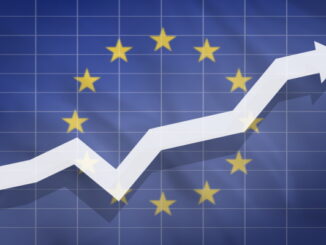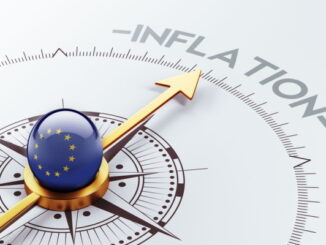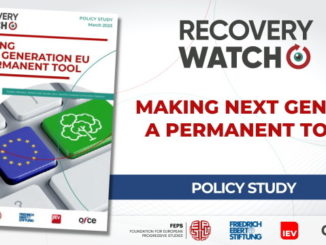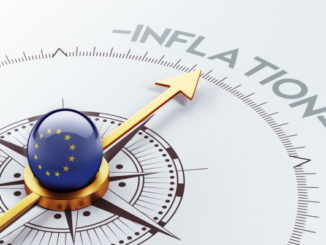
2024-2025 World Economic Outlook: EUROPE TAKES OFF
OFCE Analysis and Forecasting Department, Éric Heyer (dir.) and Xavier Timbeau (dir.) [1] This text is the summary of the Outlook for the World Economy […]

OFCE Analysis and Forecasting Department, Éric Heyer (dir.) and Xavier Timbeau (dir.) [1] This text is the summary of the Outlook for the World Economy […]

Christophe Blot and Francesco Saraceno The inflation rate in the Eurozone continues to decline. In February, it dropped to 2.6%, more than two percentage points […]

By Robert Boyer, Director of Studies at EHESS and the Institut des Amériques Speech at the “European Political Economy and European Democracy” seminar on June […]

Par Hubert Kempf In the European debate surrounding the Next Generation EU plan, the European Commission’s decision in 2020 to issue debt for the benefit […]

By Stéphane Auray and Aurélien Eyquem “All models are wrong, some are useful.” This quote from George Box has often been used to justify the […]

Frédéric Allemand, Jérôme Creel, Nicolas Leron, Sandrine Levasseur and Francesco Saraceno The Next Generation EU (NGEU) instrument was created during the pandemic to finance the recovery and, above all, to […]

By Christophe Blot In March 2022, the US central bank began tightening monetary policy in response to rapidly rising inflation. Since then, the target rate […]

Jérôme Creel and Fabien Labondance The collapse of Silicon Valley Bank (SVB) has rekindled concern about the solidity of the US banking system and, via […]

By Hervé Péléraux With the latest national accounts published on 22 December 2022 showing a 0.3% fall in GDP in Q3 of 2022, following a […]

By Christophe Blot For the first time since June 2021, inflation, as measured by the Harmonised Index of Consumer Prices (HICP), has fallen in the […]
Copyright © 2024 | WordPress Theme by MH Themes